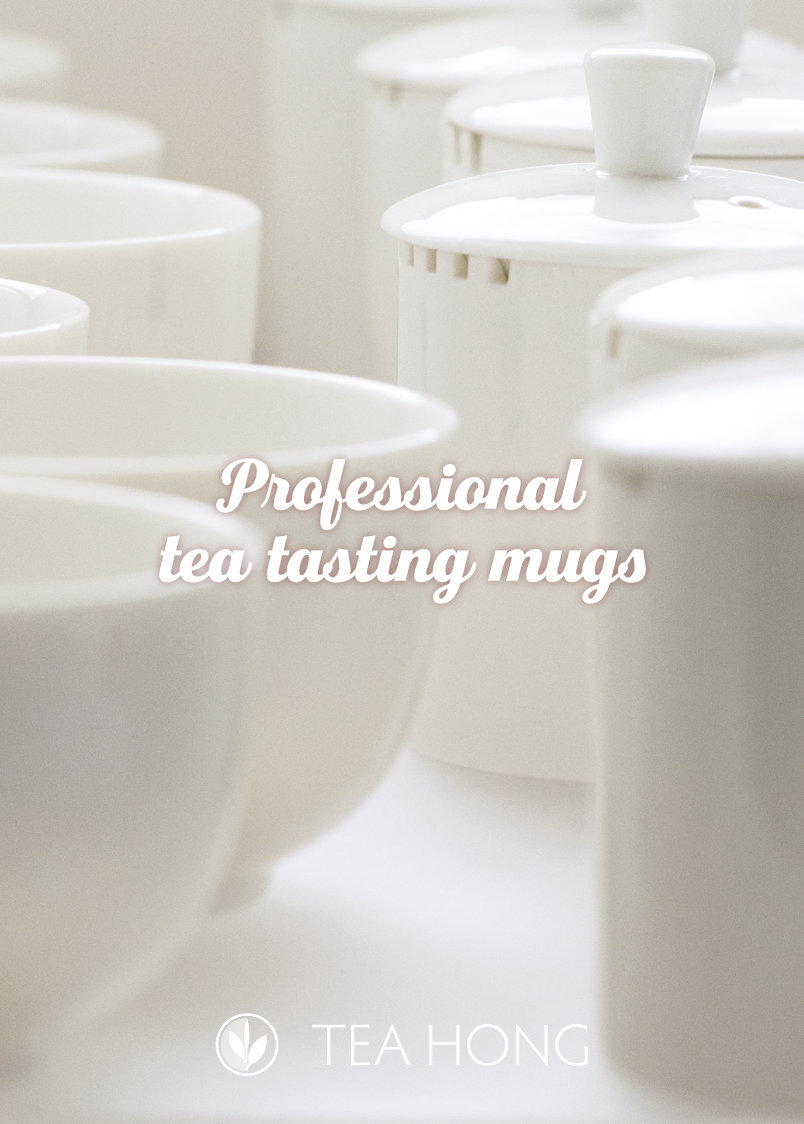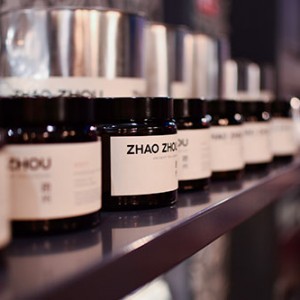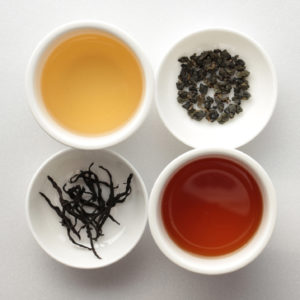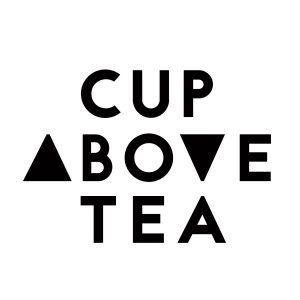What is Orange Pekoe?
A Funny Name
In the supermarket or your local teashop, you probably have come across a name on the tea tin: Orange Pekoe. Maybe you have bought one and tried it. There is no orange in it 1. Nor is the colour of that name. So why that name?
If you Google it, there may be various answers. The fact is, it is a grade name for black tea. Indeed, the whole set of names with which the West grades black tea begins with it. Here are some of the most commonly used grade names in the trade, in ascending order of traditional Western quality definition:
- Orange Pekoe ( OP )
- Flowery Orange Pekoe ( FOP )
- Golden Flowery Orange Pekoe ( GFOP )
- Tippy Golden Flowery Orange Pekoe ( TGFOP )
- Finest Tippy Golden Flowery Orange Pekoe ( FTGFOP )
- Super Finest Tippy Golden Flowery Orange Pekoe ( SFTGFOP )
The concept of this grading system is largely based on leaf appearance — whether there are tips, hairy tips, or a lot of hairy tips, or if the leaves are finely rolled/curled.
Other quality parameter are examined by the tasters. These specialists determine what the tea actually should cost, and whether it is a product they want.
A key thing to understand is that although this system was originally devised to describe hand-crafted tealeaves, it is now mostly employed for mechanically made products.
Perhaps you should also be aware that while the name Orange Pekoe is on a tin, many such labelled products is actually Broken Orange Pekoe ( BOP ), i.e. a grade of larger debris sieved from the conveyor belt carrying mechanically produced tea leaf products.
- Keemun (properly Qimen) black tea, machine-made, Orange Pekoe
- Qimen (Keemun) Gongfu Black Tea, aka Qimen Hong Maofeng 祁門紅毛峰. This is what made the name Keemun famous for black tea in the beginning, before CTC machines were introduced to make commercial grades. 20575 | 8926
- Traditional hand-rolled black tea from Nepal
- Handrolled (gongfu) black tea from Ambadandegama, Uva, Sri Lanka
So why orange? and what does pekoe mean?
Let’s look at the easier term “pekoe” first.
白毫 — white down — is a term commonly used amongst tea growers and tea traders to describe young leaf shoots bearing white down ( fine hair ). Plucking for tea production, particularly that for green and black tea, usually involves the first two to three leaves and the shoot. When a shoot is still very young and covered with down 2, it means the plucking is relatively early. There has been a prevalent perception that the younger the pluck, the better the tea.
Although you will find in a modern pinyin dictionaries that the Chinese expression should be romanised as “bai hao”, tea trading with the West began long before the Mandarin language invaded major South China coastal ports. At that time, local dialects and languages prevailed.
Pekoe — South China Origin
It is unclear exactly when the term was romanised and from which particular port. However, there were only a few major ports that exported tea in the old days: Macao, Amoy ( now romanised as Xiamen ), and Canton ( now romanised as Guangzhou ). The official local Chinese language spoken in Macao and Canton was Cantonese 3 and that in Amoy was Minnan. Dozen of dialects prevailed in all three ports. Hakka was the prevailing dialect in the tea trade in both Amoy and Canton.
So that gives us three final candidates: Cantonese, Minnan, and Hakka.
The term “白毫 — white down” when properly romanised in these three are:
- Cantonese: baak-ho
- Minnan: biak-hou
- Hakka: pak-hau
When in 18th or 19th century this romanised term pekoe came about, there was really no systematic approach for turning Chinese into alphabets. The first people who first alphabetized the expression was likely to be Portuguese or Dutch, but not English. The spoken words might even have been first interpreted by Indonesian or Sri Lankan sailors4 who were active in this part of the world and been working with European ships. Considering that, “pekoe” is not a bad romanization at all.
So if pekoe tells of the quality of the pluck, what does the term orange do? Does it tell of the colour of the leaves or the infusion liquor, as one theory holds?
I think this is highly unlikely. The name of the first black tea was Jiangxi Wu, meaning the black from Jiangxi Province. It was initially popular amongst the trade to refer to black tea — a category that was a derivative from the more labour and skill intensive oolong, i.e. wu-long ( black dragon ) — with the term ‘wu’. The term red tea, i.e. hong cha, came later, referring to the colour of the juice during oxidation processing and that of the infusion.
If the person who first gave the name Orange Pekoe had in mind the reference of colour, s/he would have linked to the colour red or black, which the same Chinese used for referring the term pekoe.
Orange the Dynasty
Though we are unable to find any documentation as evidence, we agree with the only logical theory about the term: that it refers to the House of Orange-Nassau, the monarch family of the Netherlands since mid-sixteenth century.
Why pull the Dutch royal family into this? Well the Dutch was the single most important importer and wholesaler of tea throughout the 18th century5 and a pioneer in producing their own tea 6 in the next, only to be followed by the Russian and the British.
It was perhaps after the British relaxed its importation tax in 1784 7 trying to break the near monopoly of the Dutch, or perhaps right when tea production was being experimented in the Dutch colony of Java in the early 19th century, traders in the Netherland understood the need for a labelling system. Under the intense competition in commerce ( and politics in those days ), it would be logical to put their signature on it.
Quality disputes had long been an issue in the trade8 and a simple way of communicating quality in an environment of growing trade volume and lowering profit margin was imminent.

A Japanese painting of a Dutch East India Company ( VOC ) merchant ship. The Dutch was the first European to establish systematic trading with the Far East.
Although it is a rather simplistic way of grading and quite absurd in the world of fine tea, Orange Pekoe is still instrumental in preliminary evaluation of mass produced products. Such is the largest volume traded across borders and seas as of today.
the Meaning of Orange Pekoe
Orange Pekoe, therefore, is a world-adapted black tea grading system that has a Dutch signature on it. It also clearly carries the mark of the very origin of the commodity: South China.
- Orange Pekoe is such an exotic and yet confusing term that some tea marketeers do take advantage of it and actually add orange peels to low grade broken leaves to promote sales. However, brands with better and longer reputation would not do that. ↩
- While the down in certain tea cultivars is particularly thick and white, some others produce no hair at all. ↩
- Note that while some people perpetuate the concept that Cantonese is a dialect, many others understand it as an independent spoken language that has a deeper ancient Chinese heritage in structure, patterns and vocabulary that are different from Mandarin, which is called putonghua in Mainland China and guoyu in Taiwan. ↩
- Chen Guo Dong, A Thousand Years of Maritime Activities in East Asia. 2005 Yuan-Liou Publishing (Chen Guo Dong, Dongya Haiyu Yiqian Nian. 2005 Yuan Liu Chuban) ↩
- Thomas Breed, Tea Consumers, Tea Trade, and Colonial Cultivation, 2010 Regents of the University of Minnesota ↩
- in Java. ↩
- Please refer to the article on the Origin of Black Tea ↩
- same reference source as footnote 4 ↩
















